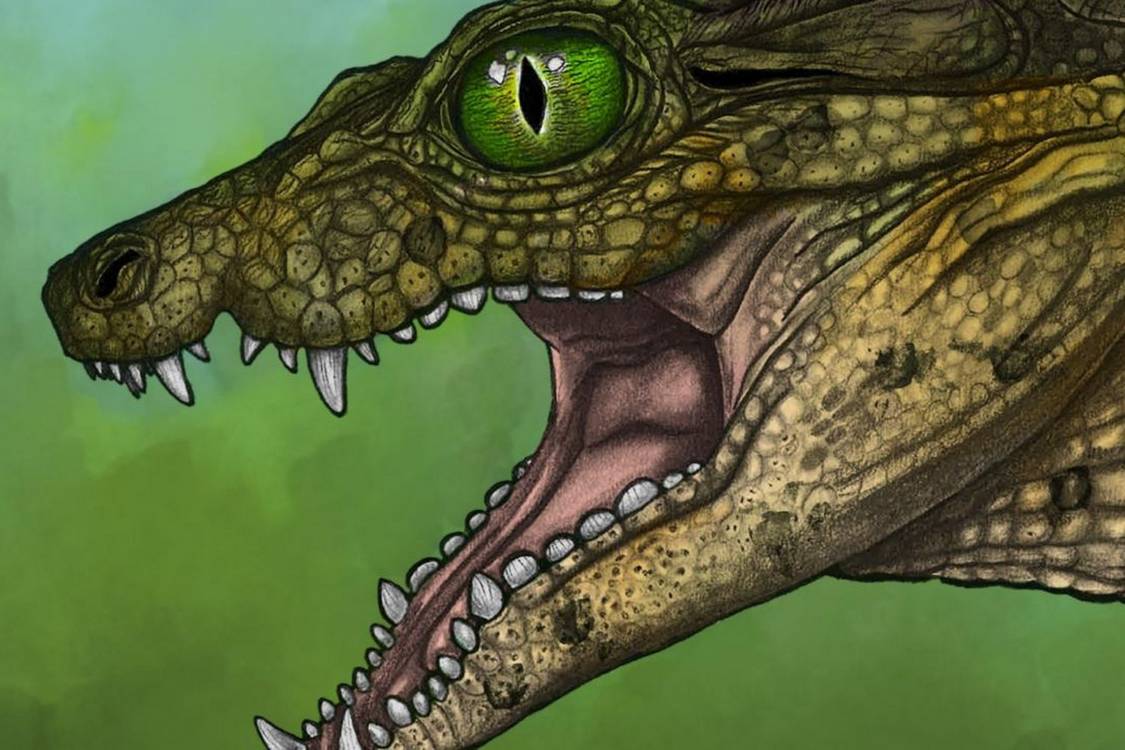In Argentina’s Patagonia, researchers have uncovered a previously unknown dinosaur species that lived approximately 95 million years ago. Named Astigmasaura genuflexa, this massive plant-eating sauropod measured nearly 60 feet in length and weighed more than 10 tons, placing it among the last members of the Rebbachisauridae family before their disappearance around 90 million years ago.
The discovery is detailed in the journal Cretaceous Research in a paper by Flavio Bellardini and colleagues, titled Side by side with titans: A new rebbachisaurid dinosaur from the Huincul Formation (upper Cenomanian) of Patagonia, Argentina.
A Discovery Sparked By Chance
The story of Astigmasaura genuflexa began in 2017, when a chance oil discovery in the Neuquén Basin led to excavations in the lower levels of the Huincul Formation. While exploring the El Orejano locality, workers uncovered the fossilized remains of the dinosaur in sandy and clay-rich sediments that once formed part of a meandering river.
According to paleontologist Flavio Bellardini of CONICET, “the remains, carried by a low-energy current, became stranded on one of the many sand bars” and were preserved for tens of millions of years. The river’s current likely swept away the dinosaur’s front half, leaving the posterior section intact beneath layers of sediment.


This Dinosaur’s Anatomy Has Been a Mystery, Until Now
The fossilized remains represent the posterior portion of an articulated postcranial skeleton from a morphologically adult individual. Remarkably, this is the first time paleontologists have uncovered the hindquarters of a rebbachisaurid dinosaur. Excavation efforts spanned five paleontological campaigns and required more than 30 days of fieldwork, during which the team used tools ranging from chisels and jackhammers to rock cutters.
Large bones—some weighing over a ton—were carefully encased in gypsum and burlap before being hoisted onto trucks using a tripod and winch. Once cleaned in the laboratory, the specimen revealed 20 caudal vertebrae, 19 haemal arches, both ischia, the pubis, part of the ilium, both femurs, both tibias, both fibulas, two astragali, and nearly complete feet.
At the same time, a unique combination of diagnostic features confirmed this as a new species, distinct from all other sauropods. The fossil was found in articulated condition, meaning the bones were still connected as they were in life — a rare occurrence for dinosaur remains and an invaluable detail for paleontologists attempting to reconstruct anatomy and posture.
Significance For Dinosaur Evolution In Gondwana
The find is particularly significant because the caudal and pelvic girdle anatomy of rebbachisaurids has been poorly understood until now. Astigmasaura genuflexa provides new morphological details that expand the known diversity within this family during the last stages of their evolutionary history.
Rebbachisaurids, medium to large diplodocoid sauropods, were non-selective ground-level browsers and thrived across the ancient supercontinent Gondwana. Patagonia alone has yielded more than half of all known rebbachisaurid fossils, including both their earliest and latest representatives.


As noted by the research team, “this new record not only provides new morphological information about the caudal and pelvic girdle anatomy of Rebbachisauridae, which is poorly known to date, and suggests a greater taxonomic diversification within the family during the last stages of its evolutionary history than known before.”
Source link

